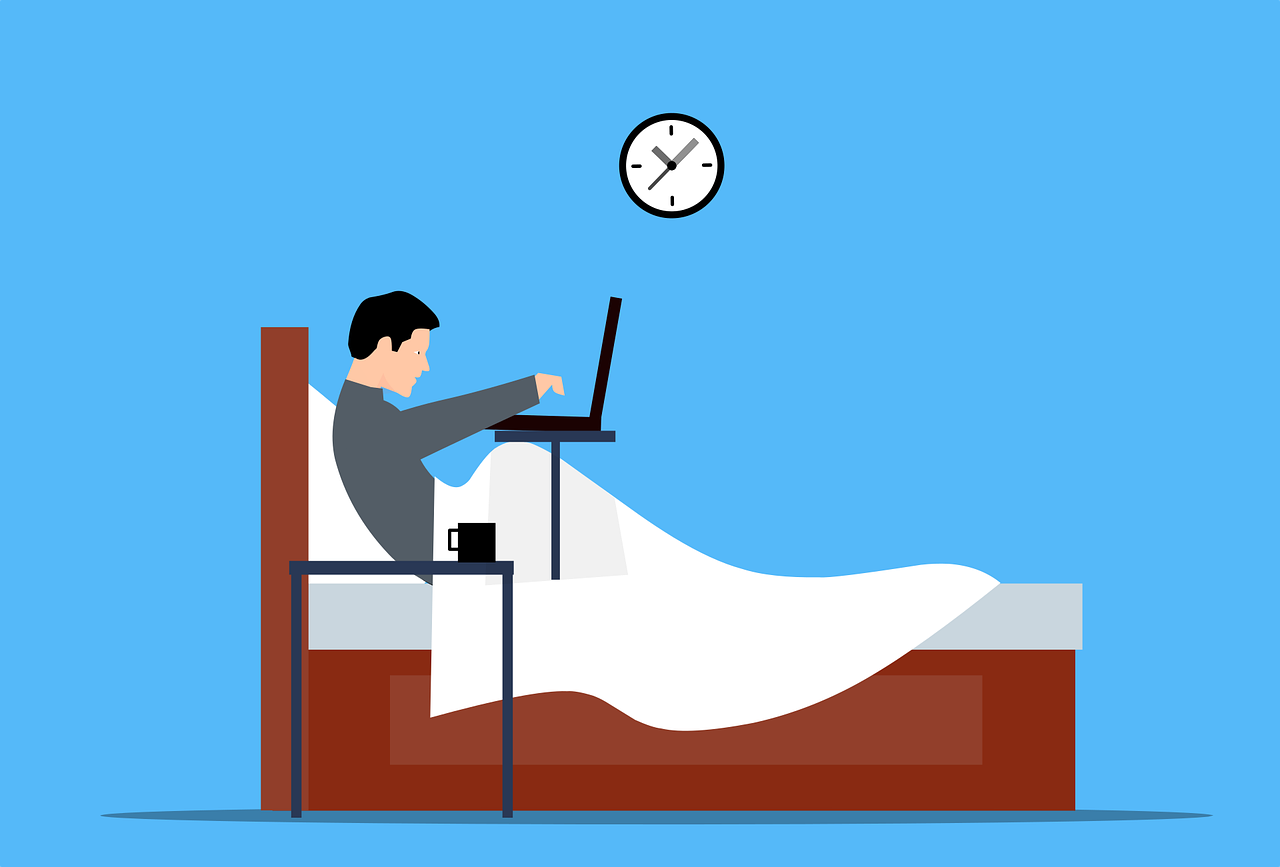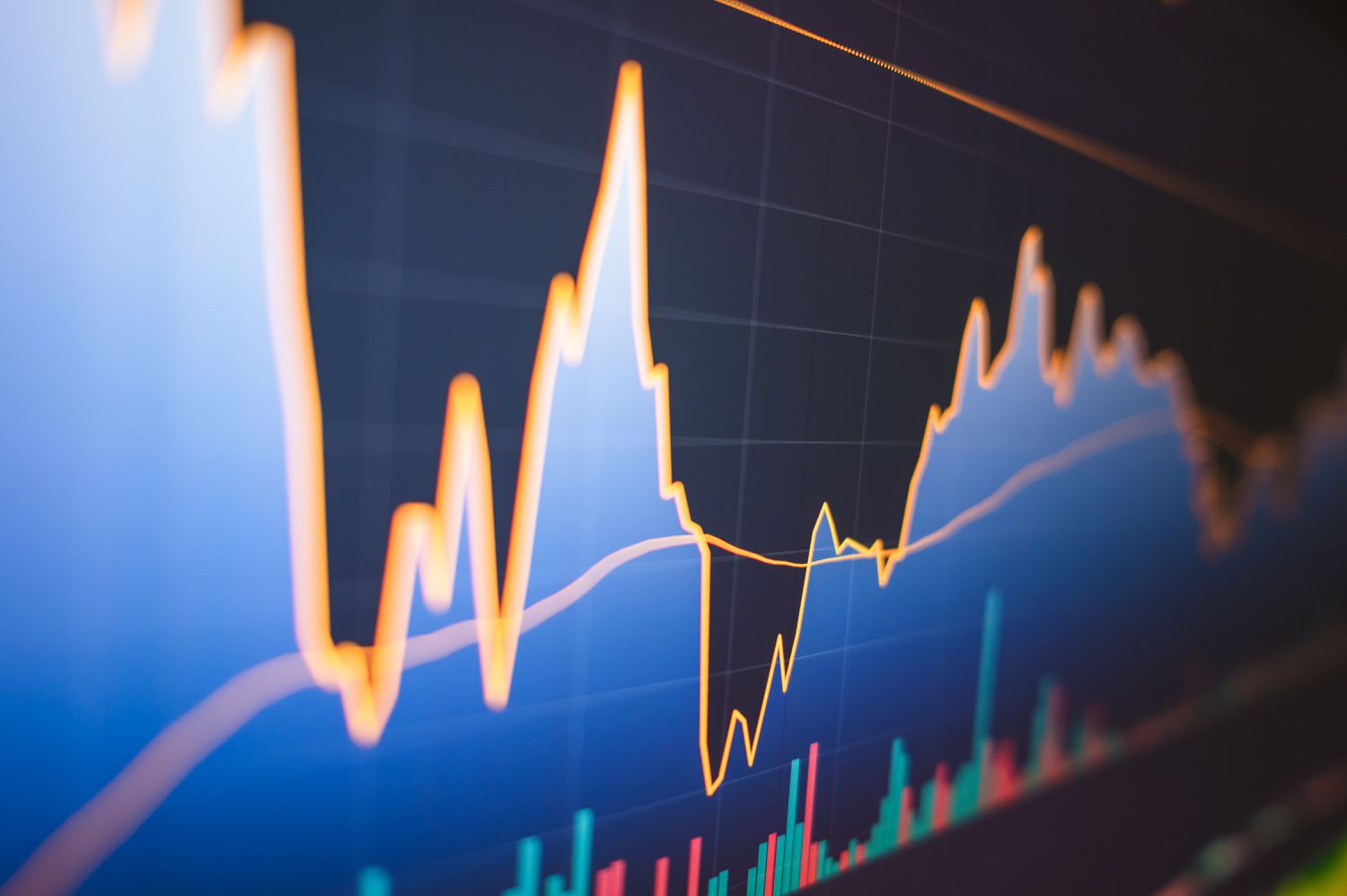Markets were like a roller coaster with a broken steering wheel in April, causing some disorientation before mostly ending where they started.
Trade policy was in the driver’s seat as tariff announcements sent markets sharply lower to start the month. Consumer sentiment plunged amid worries about the potential impact on the economy. However, equities recovered a large portion of their losses by the end of the month as President Trump softened his approach, implementing a 90-day pause for most countries.
The Nasdaq 100 was the leader in the US, gaining 1.55%, rebounding from a double-digit loss early in the month. The S&P 500, CRSP US Small Cap Index, and Down Jones Industrial Average ended the month off their low levels as well, but closed with modest losses of 0.68%, 2.49%, and 3.08% respectively. Defensive sectors provided more stability throughout the month while growth outperformed value as a style.
While international stocks weren’t immune from the volatility, markets overseas fared a little better than their US counterparts. Developed international stocks gained 4.01% and emerging markets were down just 0.02% for the month. A weaker dollar relative to other currencies, combined with falling bond yields in the eurozone helped provide support for global markets.
Bonds experienced some intra-month volatility as well, but nothing near the level seen in equities. After some fluctuations, aggregate US bonds finished the month with a gain of 0.39% as the 10-year Treasury yield dipped from 4.23% to 4.17%. The Fed didn’t have an official meeting in April, but Chairman Jerome Powell said policymakers would remain patient, watching how trade and fiscal policy evolve before making any moves. At the moment markets are pricing in three potential rate cuts for 2025, with the first expected in July.
With volatility spiking higher as uncertainties compounded, April was a prime example of the importance of having a financial plan. It can be tempting to react to market movements and make knee-jerk changes when the path forward seems unclear. However, these are the times it’s most crucial to focus on the long-run and look past the short-term noise. Having a plan and investment strategy in place can help keep attention on what’s most important – achieving your overarching goals.
If at first you don’t succeed, chai, chai again.
Starbucks, the coffee chain best known for berating you when you say large instead of venti, is continuing with its company-wide overhaul.
Since poaching CEO Brian Niccol from Chipotle, the company has been making a push to “deliver a more consistent coffeehouse experience.”
Beginning in May, baristas at stores in North America will be required to wear solid black tops to allow the iconic green apron to stand out more.
Additionally, Niccol brought back the tradition of doodling on customers’ cups, which was paused during the pandemic and never brought back.
The most notable change so far though goes to the ordering process. Piloted at a handful of US locations, Starbucks launched an algorithm that shaved two minutes off in-store wait times, making the experience more relaxed for both employees and customers.
Humans found themselves running from robots, but it wasn’t a scene from the Terminator saga…
Twenty-one humanoid robots were unleashed in Beijing as China’s robot makers wanted to show how their androids would fare in a half-marathon.
The results were somewhat mixed. The winning robot finished in 2 hours, 40 minutes, while another crashed into a fence and broke into pieces right at the starting line.
While the men’s overall winner finished well ahead with a time of 1 hour, 2 minutes, the event showcased the advancement of the robotics field.
Major US tech giants have been making significant investments in the industry, and China’s local governments have contributed more than $10 billion in the past three years.
Goldman Sachs has predicted the global robotics market could reach $38 billion within 10 years, with its “ChatGPT moment” on the horizon.
Broad Market Returns
| Asset Class | 1 Month | 3 Month | YTD | 1 Year |
| S&P 500 (VOO) | -0.81% | -7.56% | -5.07% | 11.95% |
| NASDAQ (QQQ) | 1.40% | -8.83% | -6.86% | 12.67% |
| Large Cap Growth (VUG) | 2.01% | -9.46% | -7.71% | 15.27% |
| Large Cap Value (VTV) | -3.62% | -5.23% | -1.09% | 8.88% |
| Small Cap Growth (VBK) | -1.51% | -14.90% | -11.33% | 3.17% |
| Small Cap Value (VBR) | -3.39% | -11.77% | -8.59% | 2.01% |
| Developed International (VEA) | 4.01% | 6.36% | 11.07% | 12.59% |
| Emerging Markets (VWO) | -0.02% | 2.02% | 2.85% | 10.76% |
| REITs (VNQ) | -2.44% | -1.45% | 0.18% | 15.55% |
| Aggregate Bonds (BND) | 0.40% | 2.57% | 3.19% | 7.94% |
| Corporate Bonds (VCIT) | 0.42% | 2.36% | 3.04% | 9.14% |
| High Yield Bonds (JNK) | -0.06% | -0.48% | 0.87% | 8.34% |
| Long Term Treasuries (VGLT) | -0.98% | 3.19% | 3.79% | 6.71% |
| International Bonds (BNDX) | 1.72% | 1.40% | 1.65% | 6.78% |
Market Health Indicator
The Market Health Indicator (MHI) measures market health on a scale of 0 – 100, analyzing various market segments such as economics, technicals, and volatility. Higher scores indicate healthier market conditions.

Fun Facts
- The word “alphabet” comes from the first two letters of the Greek alphabet: alpha and beta.
- An 18-inch pizza has a larger surface area than two 12-inch pizza’s (254 compared to 226 square inches).
- The first alarm clock was invented in 1787 by Levi Hutchins, and was only capable of ringing at 4:00 AM.
- Don’t forget to make your reservations! Mother’s Day is on May 11th, and is traditionally the busiest day of the year for restaurants.
– The Aspire Wealth Team


